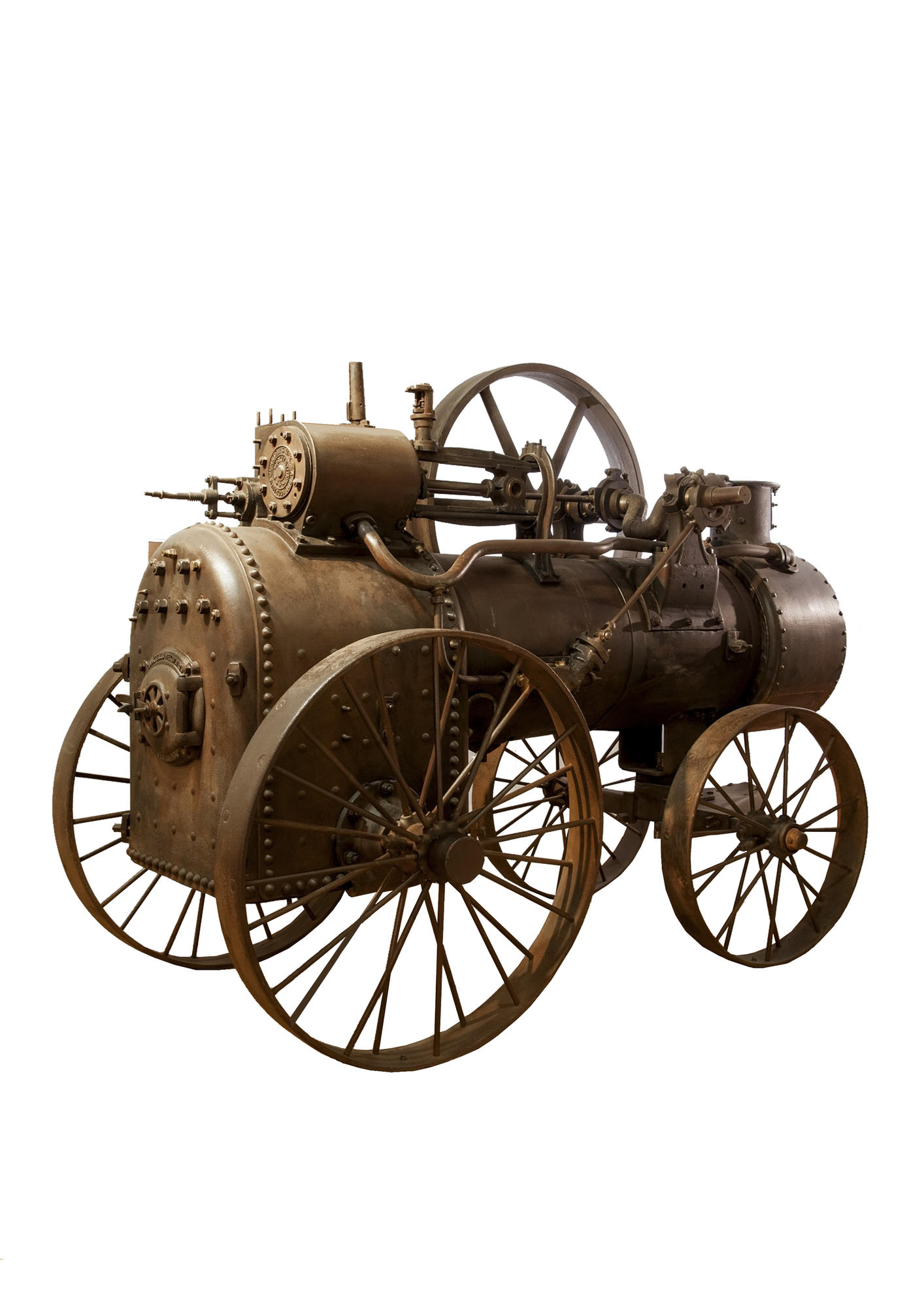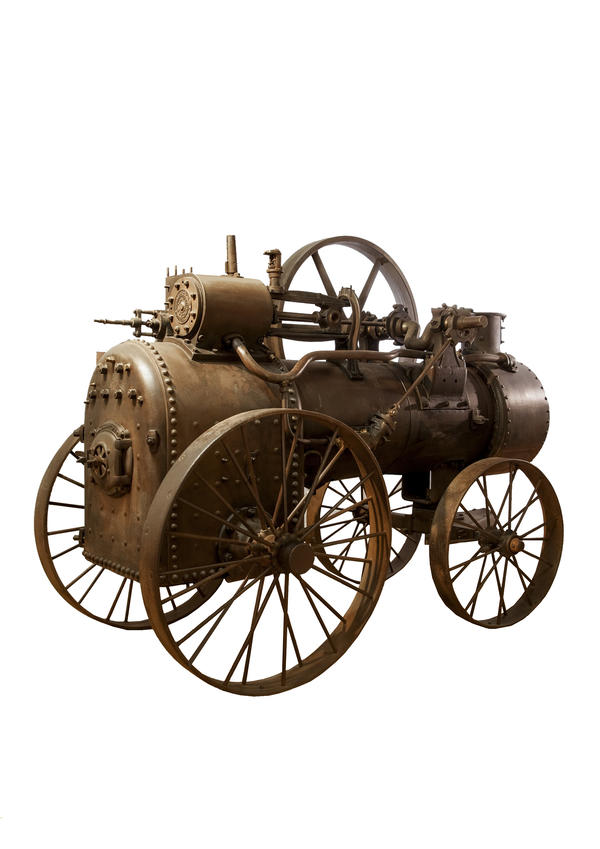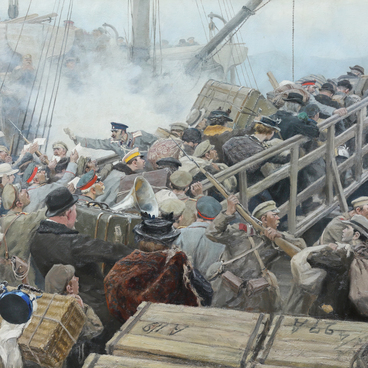The predecessor of the locomobile was a self-propelled three-wheeled wagon where the front wheel was rotated by steam engine. However, the tests of this unit failed: the wagon crashed into the wall, because it was too difficult to drive. This machine didn’t even have a firebox, and the water for steam had to be heated over open fire.
In the 18th century, French inventor Nicolas-Joseph Cugnot began to develop steam-powered vehicles for the needs of the army. In 1765, the first successful tests of his machine took place. In this machine, the steam engine set in motion a self-propelled artillery tractor. The mechanism was called the Cugnot Cart, and later it was called locomobile. In Latin, “locus” means “place”, and “mobilis” is translated as “mobile”.
In the Russian Empire, the first locomobile was assembled in 1874 at the Bryansk plant. Initially, only seven miracle machines were produced. These locomobiles were equipped with a steam engine of 10 horsepower. This engine weighed 8 tons, and was able to pull about ten wheeled platform trailers with cargo. At the end of the 19th century, such locomobiles were put into mass production.
In 1894, the Joint Stock Company of Maltsov Plants was founded. It spent all the proceeds from the sale of its finished goods on the manufacture of self-propelled vehicles, and in 1908 the Maltsov Plants became the leading manufacturer of locomobiles.
However, very soon the manufacture of the Russian locomobiles almost entirely stopped, because production was very expensive. Self-propelled vehicles continued to be delivered to the domestic market by the Lyudinovsky Plant almost single-handed.
Locomobiles were most often used in agriculture. They could be used both as trucks and maintenance vehicles, and also helped clear roads of snow.
Nowadays, the term “locomobile” denotes tractors and hybrid road-rail trucks. As a rule, they are equipped with special guides or support wheels that are attached to standard car chassis. Thanks to these, locomobiles are also good for rails, not just for regular roads.
In the 18th century, French inventor Nicolas-Joseph Cugnot began to develop steam-powered vehicles for the needs of the army. In 1765, the first successful tests of his machine took place. In this machine, the steam engine set in motion a self-propelled artillery tractor. The mechanism was called the Cugnot Cart, and later it was called locomobile. In Latin, “locus” means “place”, and “mobilis” is translated as “mobile”.
In the Russian Empire, the first locomobile was assembled in 1874 at the Bryansk plant. Initially, only seven miracle machines were produced. These locomobiles were equipped with a steam engine of 10 horsepower. This engine weighed 8 tons, and was able to pull about ten wheeled platform trailers with cargo. At the end of the 19th century, such locomobiles were put into mass production.
In 1894, the Joint Stock Company of Maltsov Plants was founded. It spent all the proceeds from the sale of its finished goods on the manufacture of self-propelled vehicles, and in 1908 the Maltsov Plants became the leading manufacturer of locomobiles.
However, very soon the manufacture of the Russian locomobiles almost entirely stopped, because production was very expensive. Self-propelled vehicles continued to be delivered to the domestic market by the Lyudinovsky Plant almost single-handed.
Locomobiles were most often used in agriculture. They could be used both as trucks and maintenance vehicles, and also helped clear roads of snow.
Nowadays, the term “locomobile” denotes tractors and hybrid road-rail trucks. As a rule, they are equipped with special guides or support wheels that are attached to standard car chassis. Thanks to these, locomobiles are also good for rails, not just for regular roads.



